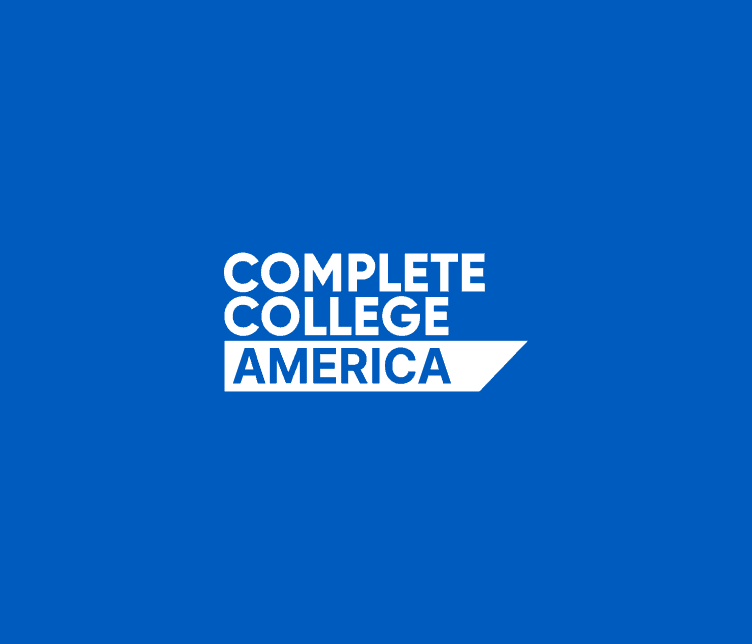Across New York State, a story of shared commitment, proven results, and bold investment in student success is unfolding. The State University System of New York (SUNY) brought practitioners and leaders from 34 campuses together for their Student Success Summit this month. Held on the campus of SUNY Polytechnic Institute in Utica, they gathered with a shared purpose: to learn from, build upon, and celebrate the expansion of the ASAP|ACE model across the SUNY system. Some attendees were veterans of ASAP|ACE implementation, with several academic cycles under their belts, while others came from institutions just recently selected for the next round of implementation, eager to get underway in Fall 2025. The atmosphere was charged with momentum—the ASAP|ACE model is working for students, and New York Governor Kathy Hochul had just recently issued powerful endorsement of the model with an increase in allocated funding for the coming academic year.
The Story of ASAP|ACE
ASAP (Accelerated Study in Associate Programs) and ACE (Accelerate, Complete, Engage) are nationally recognized completion models for two-year and four-year institutions, respectively, first developed by the City University of New York (CUNY) in 2007. Through structured academic pathways, comprehensive advising, financial support, and a culture of belonging, these programs have been proven to increase graduation rates for participating students.
This proven impact of ASAP|ACE has led to major replication efforts across the nation. Institutions in at least six other states—Ohio, Pennsylvania, West Virginia, North Carolina, Tennessee, and California—have launched similar programs that prioritize student success and completion.
SUNY began its ASAP|ACE journey in 2024 with 25 pilot campuses. Today, thanks to sustained leadership and bipartisan support—including the recently announced $12 million increase in state funding in the FY26 State Budget—SUNY ASAP|ACE is well on the way to meeting their goal of enrolling 10,000 students in the program by Fall 2026, more than double the 4,270 served in Fall 2024. As they scale, the programs are staying true to their core principles: collaborative communities, high-touch engagement, and student-centered structures that don’t assume resilience, but cultivate it.
This is systems-level transformation in real time and it’s happening at scale.
The Summit: Collaboration, Learning, and Statewide Mobilization
The Summit itself reflected everything this expansion represents: collaboration across campuses, connected learning, and a deep commitment to removing structural barriers to student success. Indeed, the keynote speaker, CCA Fellow Emeritus Dr. Tristan Denley, deputy commissioner for academic affairs and innovation for the Louisiana Board of Regents, commented on how powerful transformation can be when student success is treated as the priority of an institution.
In his address, Dr. Denley set the stage for the day by showing how Louisiana is building momentum in credential attainment through strategies similar to ASAP|ACE. Not only is the evidence showing that student success strategies are changing lives, but it is also showing that, when empowered and aligned, higher education is capable of responding to the economic imperative of the day: the gap between credential demand and credentials earned in the workforce.
Following the keynote, Dr. Denley was joined by Christina Brongniart, University Executive Director of CUNY ASAP|ACE for a fireside chat on national college completion trends, moderated by CCA Fellow Emeritus Dr. Donna Linderman, senior vice chancellor for student success for SUNY. This conversation brought to the fore a change in higher education that CCA has championed since its founding: that in student success, retention and completion are just as important as access in closing attainment gaps. In other words, higher education is ready to make good on its promise of access, and that can be seen at all levels, from major system- or state-wide commitments like ASAP|ACE and in the career conversations that are being had at the beginning of a student’s academic journey, rather than their end.
This transformative tone appropriately set, most of the day brought attendees together in inter-campus fellowship and discussion supported by CCA. ASAP|ACE staff and leadership from across the state shared early lessons and implementation insights, sparking real-time strategy exchange and peer-to-peer problem-solving. The goal, hereby achieved, was to catalyze the birth of a culture of continuous improvement and innovation and push the statewide community of practice to a higher level.
From every angle, this was a convening built on trust and purpose—which is what made it such a powerful event.
What This Means for the Field—and for CCA
At Complete College America, we talk a lot about “institutional transformation at scale.” SUNY’s ASAP|ACE expansion is a clear example of what that looks like in action: a state system taking a proven strategy and making deliberate investments to embed it across diverse institutions: community colleges, comprehensive colleges, and research universities alike.
What stands out about the SUNY approach is not just the scale, but the fidelity. This isn’t about creating ASAP|ACE-like programs; it’s about replicating them in their entirety and adapting only where adaptation is necessary to maintain effectiveness. It’s worth highlighting that the individual identity and feel of each campus remains and is supplemented by a communal identity felt by both staff and students that comes from being a part of the ASAP|ACE community. As states and systems across the country seek to move the needle on student success, SUNY offers a model worth studying—and supporting.
Key Reflections to Elevate
Several reflections on the Summit continue to resonate and stand as key takeaways for the CCA Alliance:
Design Matters: Completion doesn’t happen by accident. ASAP|ACE works because it is prescriptive, structured, and grounded in clear expectations. Students thrive when our systems and institutions make the path clear and provide the support to walk it.
Leadership Is Leverage: The sustained—and growing—commitment from SUNY leadership and state policymakers has been critical. Without clear alignment at the highest levels, scaling would stall. This is a powerful reminder that systems change requires both political will and operational readiness.
Communities of Practice Catalyze Progress: The Summit was a testament to the power of convening. SUNY has built a community of practice that fosters transparency, shared learning, and momentum. For many institutions, this community is what makes implementation possible.
Looking Ahead: The Field Is Watching
At CCA, we remain committed to supporting and spotlighting this kind of work. We believe that the future of college completion depends not just on new ideas, but on bold execution of strategies that center completion, clarity, and connection.
SUNY’s Student Success Summit was a signal to the field: it’s time to scale what works.

